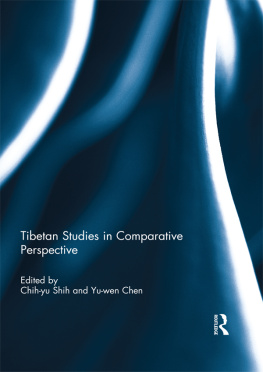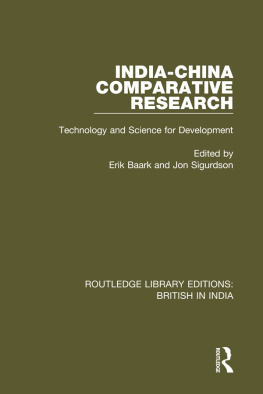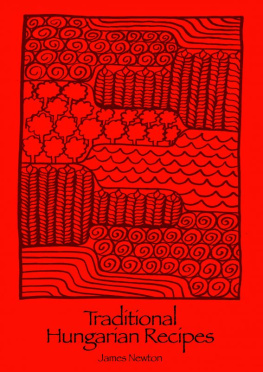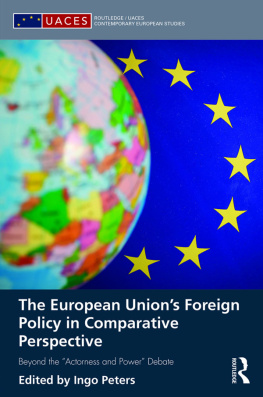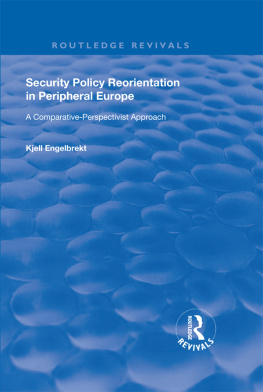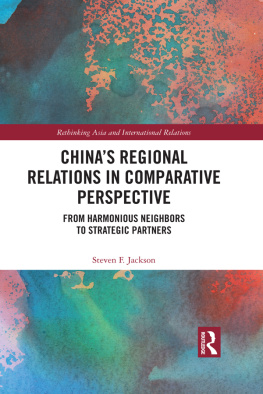First published 2000 by Ashgate Publishing
Reissued 2019 by Routledge
2 Park Square, Milton Park, Abingdon, Oxon, OX14 4RN
52 Vanderbilt Avenue, New York, NY 10017
Routledge is an imprint of the Taylor & Francis Group, an informa business
Peter S. Biegelbauer 2000
All rights reserved. No part of this book may be reprinted or reproduced or utilised in any form or by any electronic, mechanical, or other means, now known or hereafter invented, including photocopying and recording, or in any information storage or retrieval system, without permission in writing from the publishers.
Notice:
Product or corporate names may be trademarks or registered trademarks, and are used only for identification and explanation without intent to infringe.
Publishers Note
The publisher has gone to great lengths to ensure the quality of this reprint but points out that some imperfections in the original copies may be apparent.
Disclaimer
The publisher has made every effort to trace copyright holders and welcomes correspondence from those they have been unable to contact.
A Library of Congress record exists under LC control number:
ISBN 13: 978-1-138-63452-7 (hbk)
ISBN 13: 978-1-315-20532-8 (ebk)
By the time my grandfather reached my age of 33, he had lived through four distinctly different forms of societal organization. The first of these forms was the Austro-Hungarian Monarchy, the second the unlucky, democratic First Republic of Austria and the third the undemocratic Austro-fascist Stndestaat. By 1940, he was living in the dreadful era of totalitarian national socialism, fighting a war he did not believe in, for a Volk and a Fhrer he at the same time feared and hated. In the midst of the Blitzkrieg, he neither could have known that the war was only in its early stages, nor that he would survive the war and have the opportunity to start a new life in the democratic neo-corporatist Second Republic of Austria.
My grandfather told me many stories about the old days. He never found anything positive about the old times, other than the fact that he and my grandmother had been young. In fact, he always had hoped that people would learn from history, although over time his doubts seemed to increase. It must have been because of his stories that I discovered an interest in how societies organize themselves or are organized by others.
The topic of this study is how a country organized parts of its society during a time span of 130 years, namely the way the Hungarians structured the science and technology system of their society since industrialization. I decided to analyze this system, because I think it is of crucial importance to any society in respect to its culture and its social, political and economic structures. I decided to analyze the Hungarian science and technology system, because of the many changes in societal organization this country went through in the course of these 130 years deeper and more fundamental changes even than the ones Austria experienced.
In fact, during the last 130 years Hungary experienced a wide variety of regimes, among them absolute-monarchical, enlightened-monarchical, fascist, pluralist Western-democratic, realsocialist, realsocialist-reformist and Soviet style governments. During these turbulent years, the Hungarian science and technology system changed as well. These interlinked changes, which took place in one, constantly shrinking, geographic area, make Hungary an interesting case for a time-series study. In this type of study one has the possibility to study changes of countries or more broadly systems, not across countries, but across time-periods.
The effort seems justified as anyone who wants to reform a national economy, has to bear in mind that the country in question has been formed by a long line of historical events, still influencing the present, even if the original stimulus has vanished already. Accordingly, Hungarian society still bears the imprint of the political systems it featured during the last decades, if not centuries. Therefore, any analysis of the problems facing Hungary today has to begin with a discussion of the countrys history. This form of analysis allows one to view the current reform movements in light of the pitfalls of similar, perhaps not so far reaching reform movements of the past.
This book is a historical analysis of the development of the Hungarian S&T system with a comparative perspective on Austria, the Czech Republic, Germany, Poland, Slovakia and Slovenia. This study has a strong interdisciplinary approach and is based on the secondary analysis of existing quantitative data. The data was derived from research done primarily at the libraries of the Massachusetts Institute of Technology (MIT) and Harvard University in Cambridge, Massachusetts, in the United States; the library of the Hungarian Central Statistical Office and the National Technical Information Center and Library (OMIKK) in Budapest, Hungary; as well as the libraries of the Austrian East and Southeast Europe Institute (OSI), the library of the University of Vienna and of the Institute for Advanced Studies in Vienna, Austria.
The information described above is complemented by approximately 120 expert interviews conducted through structured interviews of a number of researchers (economists, political scientists, sociologists, engineers) in Austria, Hungary and the United States over the course of five years. A large number of prepared informal interviews was done primarily with individuals from the S&T sphere in Budapest and Vienna.
Moreover, information was drawn from the Internet using various methods. The Hungary discussion list of George Washington University, Washington, D.C., and the Central and Eastern Europe list of the University of Economics in Vienna provided addresses, contacts and at times discussion fora. A number of sites on the World Wide Web were utilized for gathering information. The electronic weekly Hungary Report, which was published by Hungary-Online until 1997, was particularly helpful as a digest of the leading Hungarian dailies.
I could not have written this thesis alone. I had the help of many people in four different countries. First of all, I am indebted to the late Charlotte Teuber and Otmar Hll from the Political Science Institute at the University of Vienna, who were my dissertation readers and helped me overcome all kinds of barriers. Charlotte was also a rich source of knowledge about social science and life as such, who over time became a good friend of mine. Andreas Pribersky from the Austrian East and Southeast European Institute (OSI) provided me with crucial help and important resources both in Vienna and Budapest. Janos Fath made valuable comments on a number of exposs of this book. I also want to thank Josef Leidenfrost and Florian Gerhardus from the Austrian Academic Exchange Service (AD) for information on the subject. I want to thank Ronald Pohoryles and Liana Giorgi from the Interdisciplinary Center for Comparative Research in the Social Sciences (ICCR) for supervising my work in Slovenia and their patience with me during the time I wrote my dissertation, which, together with my masters thesis, written in the United States, formed the basis for this book.



